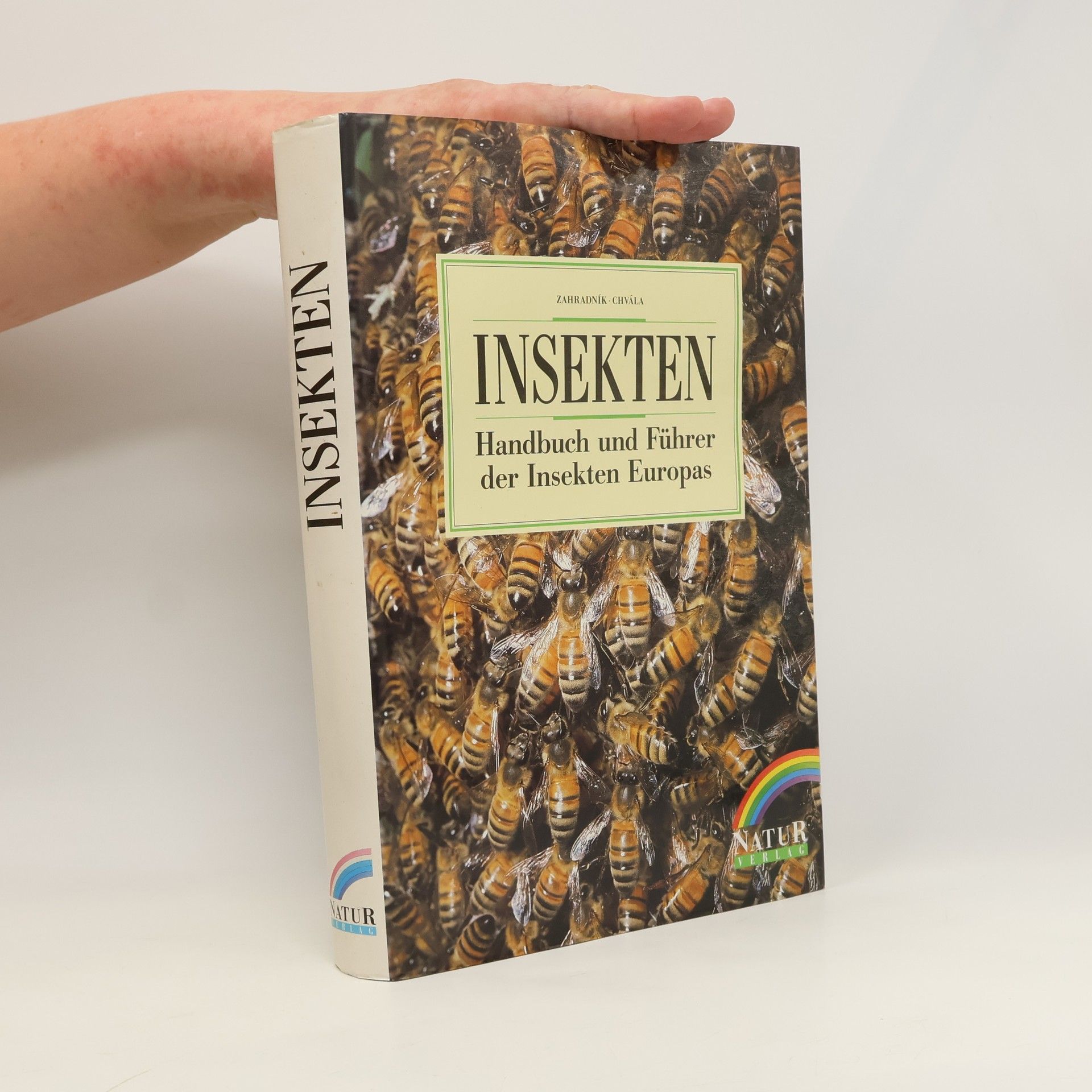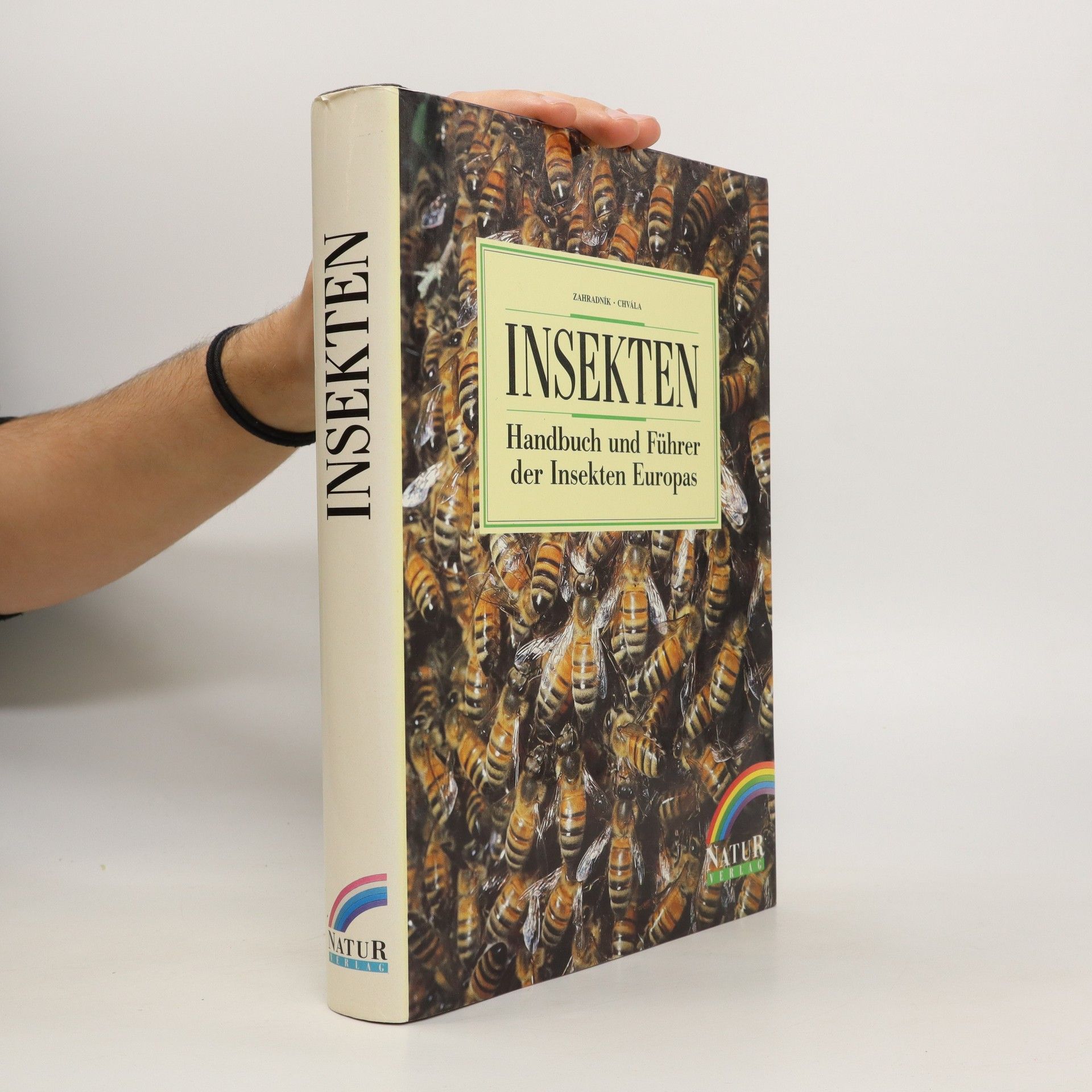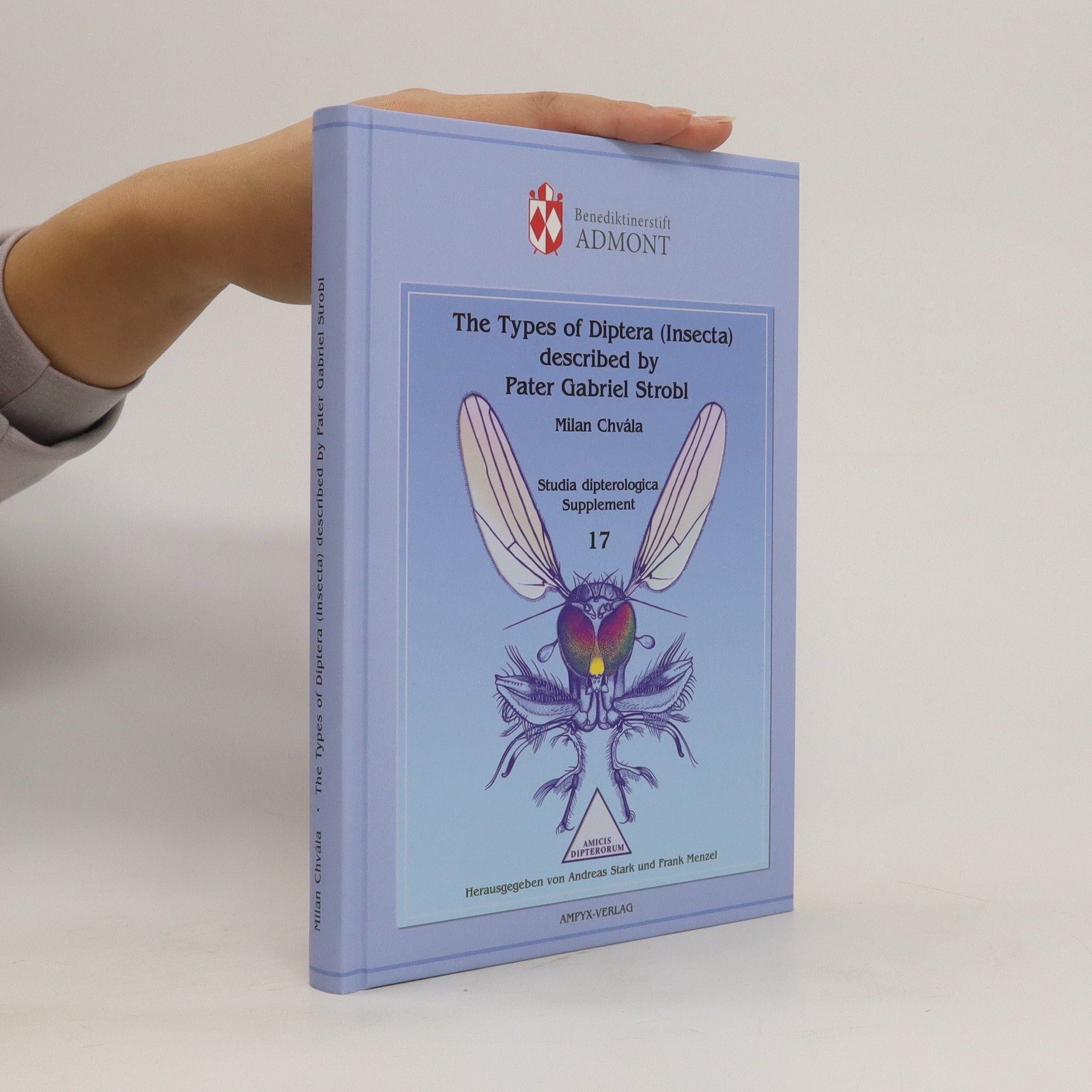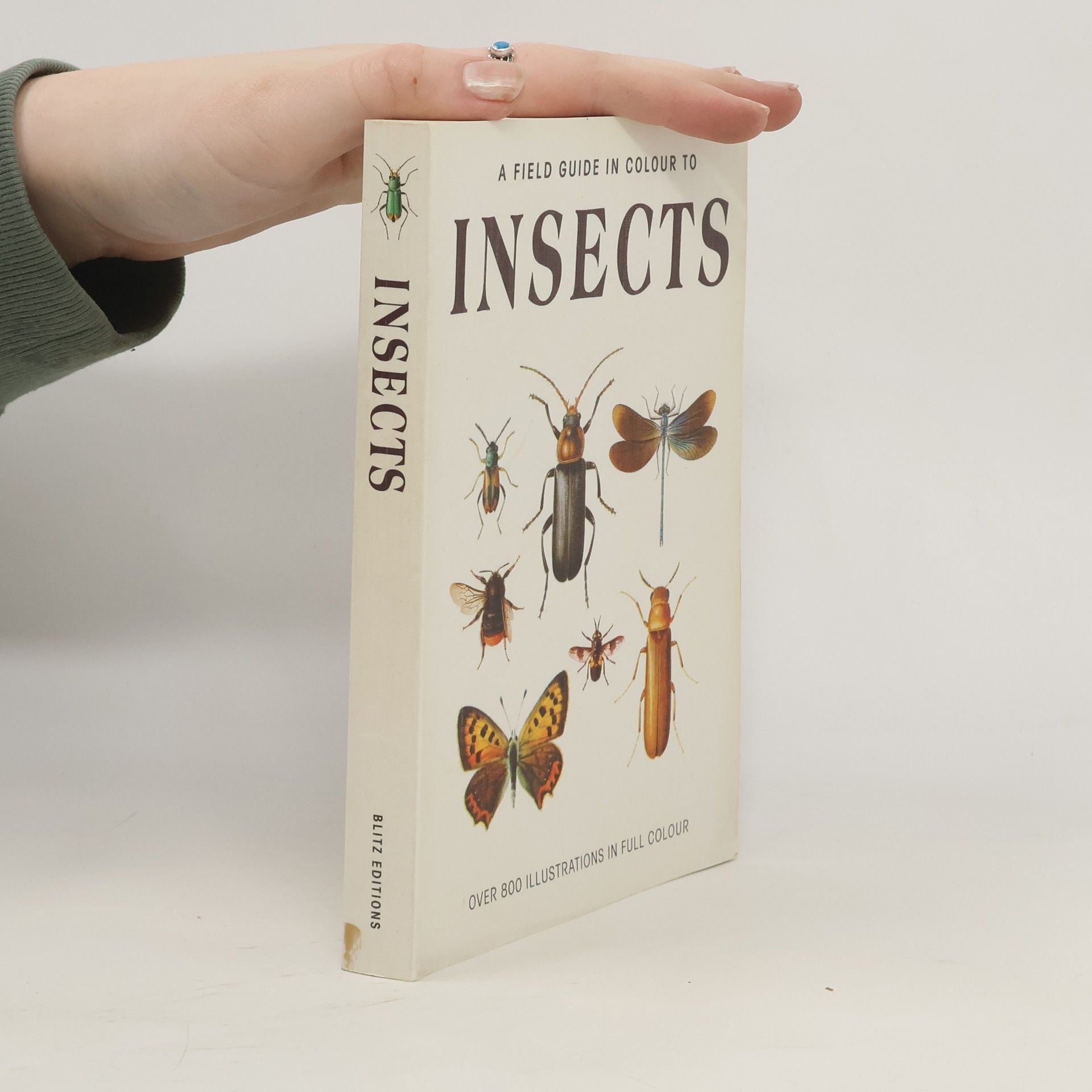Insects
- 319pages
- 12 heures de lecture




Father Gabriel Strobl (1846-1925), a renowned dipterist, dedicated much of his life as a priest and professor of natural science at the Benedictine monastery in Admont, Austria. Between 1880 and 1910, he published around 50 papers primarily focused on Alpine and southern European (especially Spanish) Diptera. Strobl established a notable Natural History Museum in the monastery, amassing a significant collection of over 50,000 Diptera specimens. He described 902 new species-group names, which are thoroughly revised and discussed in this monograph. The publication details the type specimens in the Strobl Diptera Collection, including their type-status, designations, and identifications. It also provides information on the whereabouts of type specimens not found in Admont. Adhering to EU and ICZN guidelines, it emphasizes the importance of documenting the locations of all animal types. This work follows earlier revisions of Diptera type material by other scholars. Additionally, the introduction highlights the historical significance of the Benedictine monastery in natural history studies from the Middle Ages to today, alongside a brief biography of Strobl and his contributions to dipterology and science.